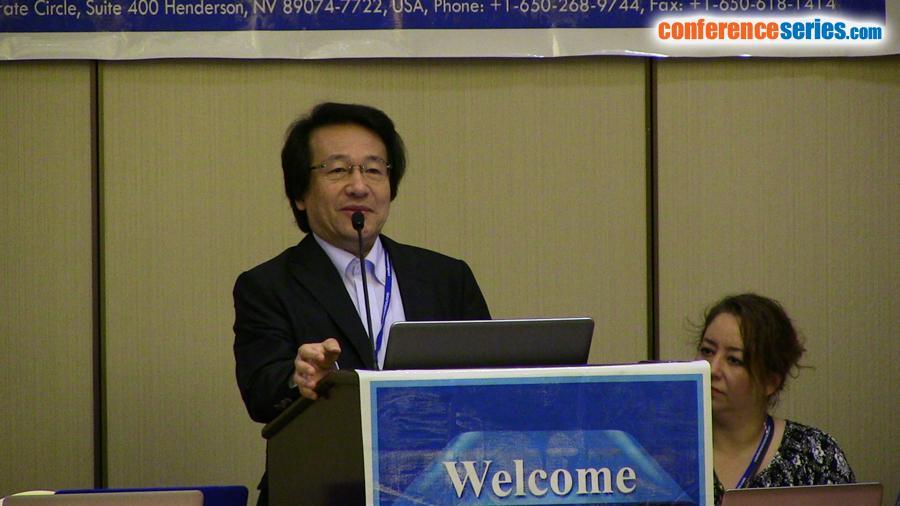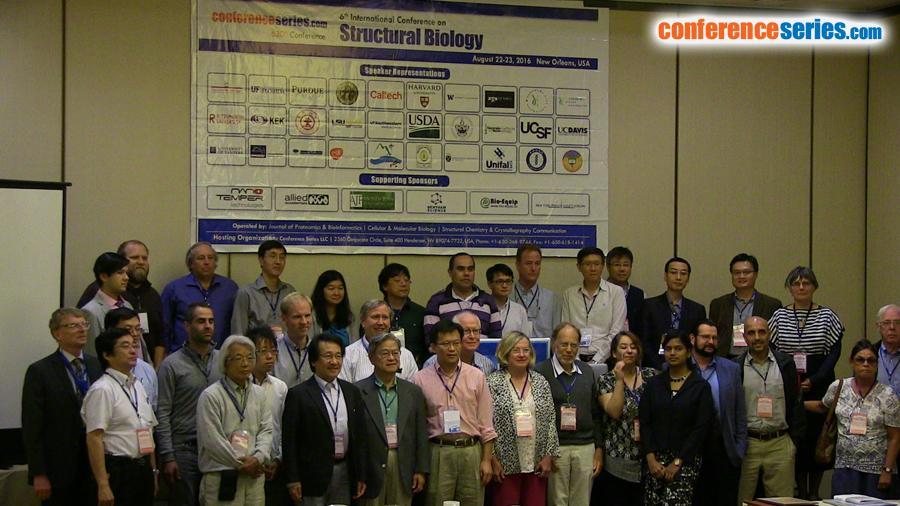
Shigeyuki Yokoyama
RIKEN Structural Biology Laboratory, Japan
Title: Structural and synthetic biology of aminoacyl-tRNA synthesis and translation
Biography
Biography: Shigeyuki Yokoyama
Abstract
In the protein synthesis according to the genetic code, each of the twenty amino acids is provided as an aminoacyl-tRNA. We have been studying the mechanisms of the specific aminoacyl-tRNA synthesis by crystallography and mutagenesis. Aminoacyl-tRNA synthetases (aaRSs) specifically recognize their substrate amino acid and tRNA species. The 3’-CCA region, conserved in all tRNAs, is single stranded and flexible, of which the terminal adenosine is aminoacylated by the aminoacylation domain of aaRS. The major recognition element, e.g., the anticodon of a tRNA interacts with the site on the tRNA recognition domain, far from the aminoacylation catalytic site. Several aaRSs have the editing domain which hydrolyzes incorrectly formed aminoacyl-tRNAs and the terminal adenosine shuttles between the two catalytic sites. For amino acids such as glutamine and selenocysteine, their precursor amino acids are attached to their tRNAs by others’ aaRSs and then enzymatically converted to the correct ones. We found that, in most of these processes of the tRNA and amino acid selection, the flexibility of the CCA region of tRNA is important. On the structural basis, we have engineered the substrate specificities of tyrosiyl, phosphoseryl and pyrrolysyl-tRNA synthetases for expansion of the genetic code to incorporate various unnatural amino acids site specifically into proteins in mammalian cells and in the Escherichia coli protein synthesis in vivo and in vitro. We used the expanded genetic code to produce proteins with epigenetic modifications, drug conjugation or fluorescence probes and to photocrosslink protein complexes including membrane protein complexes in vitro and/or in vivo.



